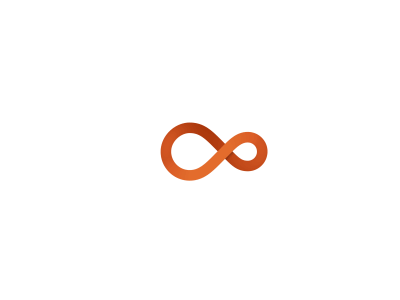Co-crochet: Computing Stitches for Collective and Distributed Crocheting

Crocheting is a hands-on craft that involves repetitive manipulation of a single continuous thread with a hook-like tool to generate surfaces and 3D forms. The step-by-step stitching procedure in crocheting can be associated with algorithms of which the steps are defined through crochet patterns. Crochet patterns are text-based representations, similar to G-code in additive manufacturing. They enable the documentation and communication of crocheting know-how. In this workshop, participants from different locations collectively designed and crocheted a branching spatial structure. During the workshop, participants first collectively designed a branching structure and learned the basics of crocheting. They then generated the crochet patterns of the components of the branching structure designed using a computer algorithm developed by the instructors that generates crochet patterns of 3D objects modeled in CAD software. At the end of the workshop, each participant had the crochet patterns of at least one component to crochet. They will ship the crocheted components to the instructors in the US. The instructors will assemble the crocheted components of the branching structure – “Voltron!”
During the first day of the workshop, they will generate parametric branching structures in Grasshopper and discretize the structures into components. At the end of the first day, one design will be selected by the group. During the second day of the workshop, participants will be introduced to basic crocheting techniques for single crochet stitch and learn to use a computer algorithm to generate crocheting patterns for the components of the branching structure. Following the workshop, they will crochet the assigned components. They will be provided pre-paid shipping labels to ship the crocheted components to the instructors in the US. We will assemble the crocheted components into the branching structure.
Why will a Co-Crochet Kit be sent? Yarns and hooks used for crocheting significantly affect the outcome. Therefore, we want to make sure that all participants start by using the same type of yarn and hooks.
Why a branching structure? Through crocheting one can create 3D objects. The computer algorithm that we have developed can generate crocheting patterns of various types of 3D objects that are modeled in the computer, including branching structures. Since we want to collect and assemble the 3D components that the participants will crochet, we decided that a branching geometry would work best.

How to go from the 3D model in the computer to crocheting geometries? Physical constraints constitute the variables of the computer algorithm that we developed to generate crochet patterns of 3D objects modeled in the computer. These include determinate variables such as the material properties (yarn weight) and the tool size (crochet hook), but also indeterminate variables such as the effect of the crafter’s hand (grip on the yarn) while producing stitches. The latter, being unique for each individual crafter, is specified through a physical test swatch that the crafter crochets before running the computer algorithm.

From digits to stitches: What is the output of the computer algorithm? The output of the computer algorithm is a crochet pattern in conventional text form to materialize the digital model. Following the resulting pattern, one is able to crochet the digital model by hand. The overall process is thus a transition from the digital to the physical, where physical constraints continuously inform this transition and shape the outcome.

Wait, how do the “physical constraints continuously inform the transition from the digital to the physical and shape the outcome”? The computer algorithm generates the crochet patterns based on the 10×10 stitch-swatch that the users crochet before running the algorithm. The x-y dimensions of this stitch-swatch are the main inputs. This way, the physical variables associated with the yarn type, hook size, and most importantly crafter’s hand are combined into a single input. The crochet patterns are generated based on this input. This means that for the same 3D model, the computer algorithm generates unique crochet patterns for each individual. This way, the overall dimensions and forms of the discrete components that the participants of the workshop will crochet will be maintained and allow us to assemble them into a single structure.

